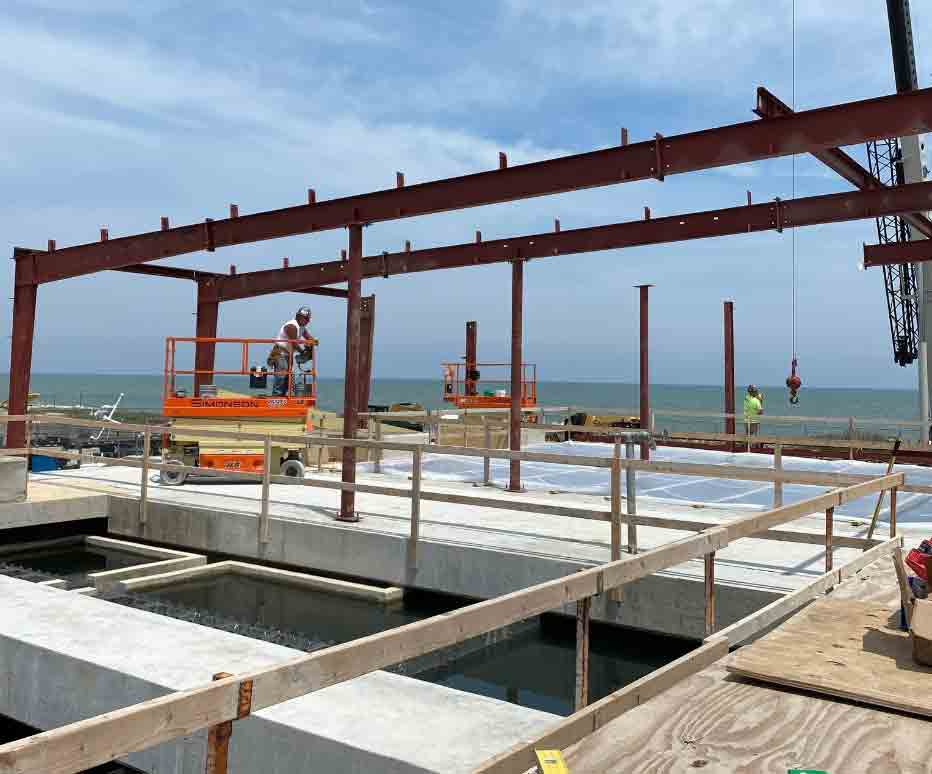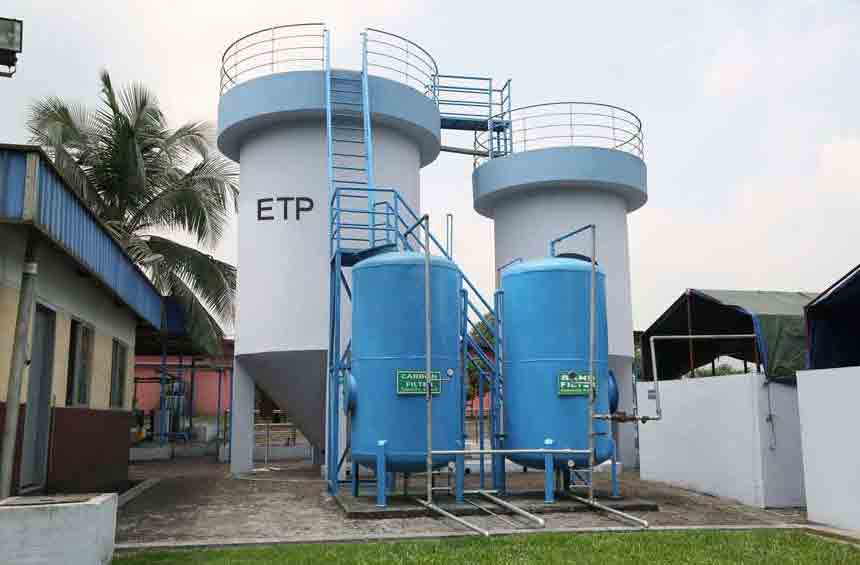ETP and STP Plant in Bangladesh
ETP (Effluent Treatment Plant) and STP (Sewage Treatment Plant) are two of the most widely recognized kinds of wastewater treatment arrangements utilized in Bangladesh. In this article, we will investigate the ins and outs of ETP STP in Bangladesh and give a complete aide on the most proficient method to execute successful wastewater treatment arrangements.

What is ETP and STP?
ETP (Effluent Treatment Plant) and STP (Sewage Treatment Plant) are two unique sorts of wastewater treatment arrangements. ETP is utilized for treating industrial effluent, which is the fluid waste created by industrial cycles. Then again, STP is utilized for treating sewage, which is the fluid waste delivered by families, business buildings, and other non-industrial foundations.
Significance of ETP and STP in Dhaka, Bangladesh
Bangladesh is a country that is intensely reliant upon its water assets. With the increasing populace and improvement, the demand for clean water is growing quickly. To satisfy this need, having successful wastewater treatment arrangements in place is fundamental.
ETP and STP assume a vital part in ensuring the nature of water in Bangladesh. They help to eliminate contaminations and contaminants from the water, making it ok for human utilization, water system, and different purposes. Furthermore, ETP and STP additionally help to forestall the spread of water-borne infections and shield the climate from contamination.
How Does ETP and STP Function in Bangladesh?
ETP and STP work by removing toxins and contaminants from the wastewater. The wastewater is first gathered and then, at that point, shipped off the treatment plant where it goes through a progression of physical, synthetic, and organic cycles.
In the actual cycle, the wastewater is screened to eliminate enormous particles like trash, clothes, and other strong waste. The wastewater then goes through a compound cycle, where it is treated with synthetic substances, for example, chlorine and alum to eliminate poisons and contaminants.
In the natural cycle, the wastewater is treated with microscopic organisms and different microorganisms that polish off the toxins and contaminants, breaking them down into innocuous substances. The treated water is then delivered once more into the climate, ensuring that it is ok for human utilization and different purposes.

Elements to Consider While Implementing ETP and STP in Bangladesh
Implementing ETP and STP in Bangladesh can be a mind boggling cycle, and there are a few factors that should be thought of. These include:
- Kind of wastewater : It is fundamental to determine the sort of wastewater that will be dealt with. This will assist with determining the sort of ETP or STP that is required and the cycles that will be utilized.
- Area : The area of the ETP or STP is likewise a urgent variable to consider. The area ought to be effectively available and near the wellspring of the wastewater to minimize transportation costs.
- Limit : The limit of the ETP or STP is likewise a significant element to consider. The limit ought to have the option to fulfill the need for the treatment of the wastewater.
- Cost : The expense of implementing ETP or STP is additionally a significant element to consider. It is fundamental to guarantee that the arrangement is practical and meets the financial plan constraints.
- Maintenance : The maintenance and activity of the ETP or STP is likewise a critical element to consider. Having a dependable and effective maintenance and activity system is fundamental.
FAQ about ETP and STP Plant
What is ETP and STP?
ETP (Effluent Treatment Plant) is utilized for treating industrial effluent, which is the fluid waste created by industrial cycles. STP (Sewage Treatment Plant) is utilized for treating sewage, which is the fluid waste created by families, business buildings, and other non-industrial foundations.
For what reason is ETP and STP significant in Bangladesh?
ETP and STP assume a significant part in ensuring the nature of water in Bangladesh by removing contaminations and contaminants, making the water ok for human utilization, water system, and different purposes. They likewise help to forestall the spread of water-borne sicknesses and safeguard the climate from contamination.
How does ETP and STP function in Bangladesh?
ETP and STP work by removing toxins and contaminants from wastewater through a progression of physical, compound, and organic cycles. The wastewater is screened, treated with synthetic compounds, and then, at that point, offered with microscopic organisms and microorganisms separate the toxins and contaminants into innocuous substances. The treated water is then delivered once again into the climate.
What elements should be thought about while implementing ETP and STP in Bangladesh?
The sort of wastewater, area, limit, cost, and maintenance and activity framework are significant variables to consider while implementing ETP and STP in Bangladesh.
What is the reason for the physical, compound, and natural cycles in ETP and STP?
The actual cycle eliminates enormous particles like flotsam and jetsam, clothes, and other strong waste. The compound cycle treats the wastewater with synthetics, for example, chlorine and alum to eliminate contaminations and contaminants. The organic interaction treats the wastewater with microbes and microorganisms that polish off the contaminations and contaminants, breaking them down into innocuous substances.
